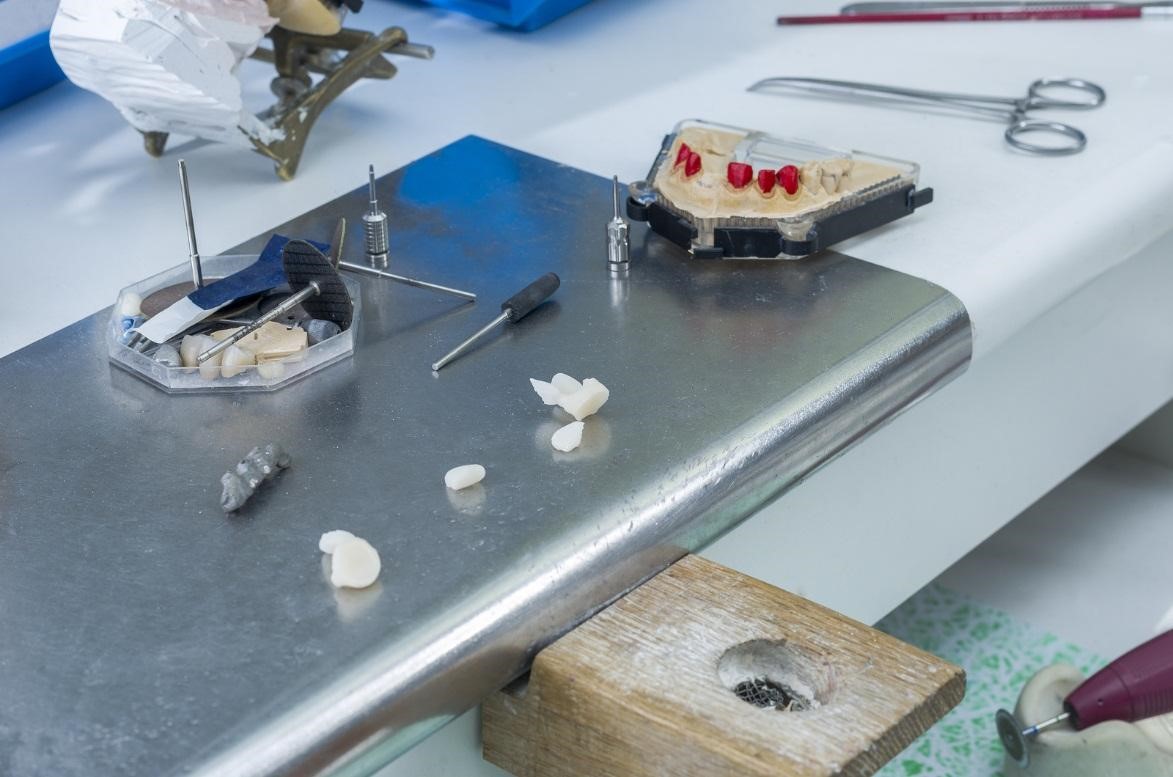The teeth, gums and jawbone all work together to support each other and keep the mouth healthy. When one of these three elements is missing, it may cause deterioration in the other two. Most gum and bone deterioration is caused by infection of the teeth or gums. Infection is much more likely to occur at sites where teeth have been damaged or lost and it is not always noticeable until the very advanced stages. Proper oral hygiene is important, but it becomes even more difficult to prevent infection when teeth are missing.

The Role of Gums and Jawbone
The gums and jawbone are the anchors for your teeth. When these begin to recede, your teeth may move position, creating an unsightly smile that may require braces or other procedures to correct. In more extreme cases, teeth may actually fall out as the gums lose the ability to hold them in.
Solution to Missing Support
Crowns and bridges create an anchor for surrounding teeth and simulate the existence of a tooth where one has fallen out. This ensures that teeth do not shift and that the gums and jawbone around the socket do not deteriorate. Crowns and bridges fill in the support that was previously provided by the real tooth and helps prevent infection.
The deterioration of the gums and jawbone begins very soon after a tooth is lost, although the shifting of teeth and the deterioration from infection can take quite a while to become noticeable. It is important not to wait for the problem to become noticeable. Crowns and bridges should be placed as soon as possible so that deterioration is prevented. As with most mouth problems, it is much better and easier to prevent the deterioration than to correct it.
Sources:
Dental Bone Loss, drpgilbert.com

Leave a Reply